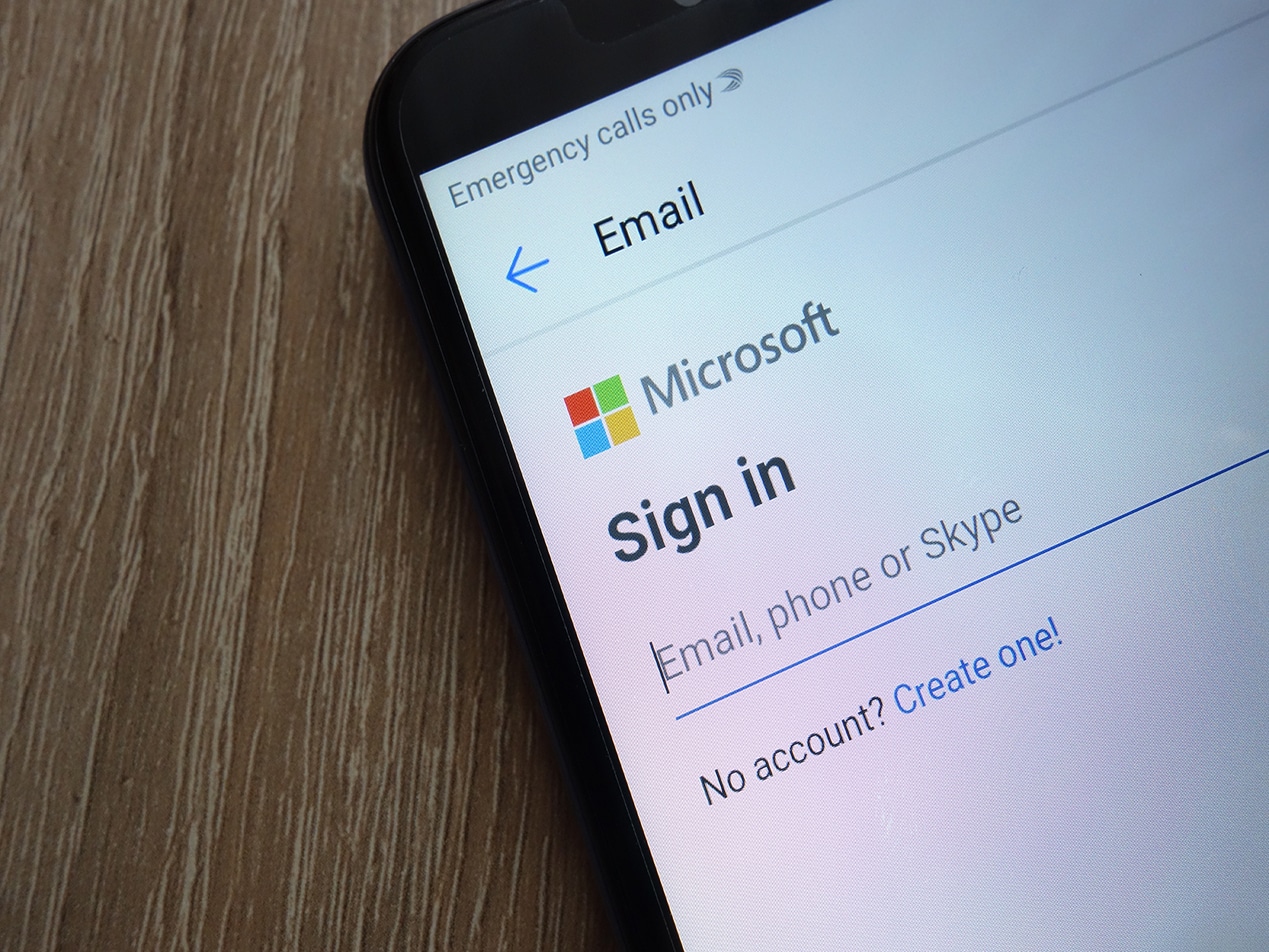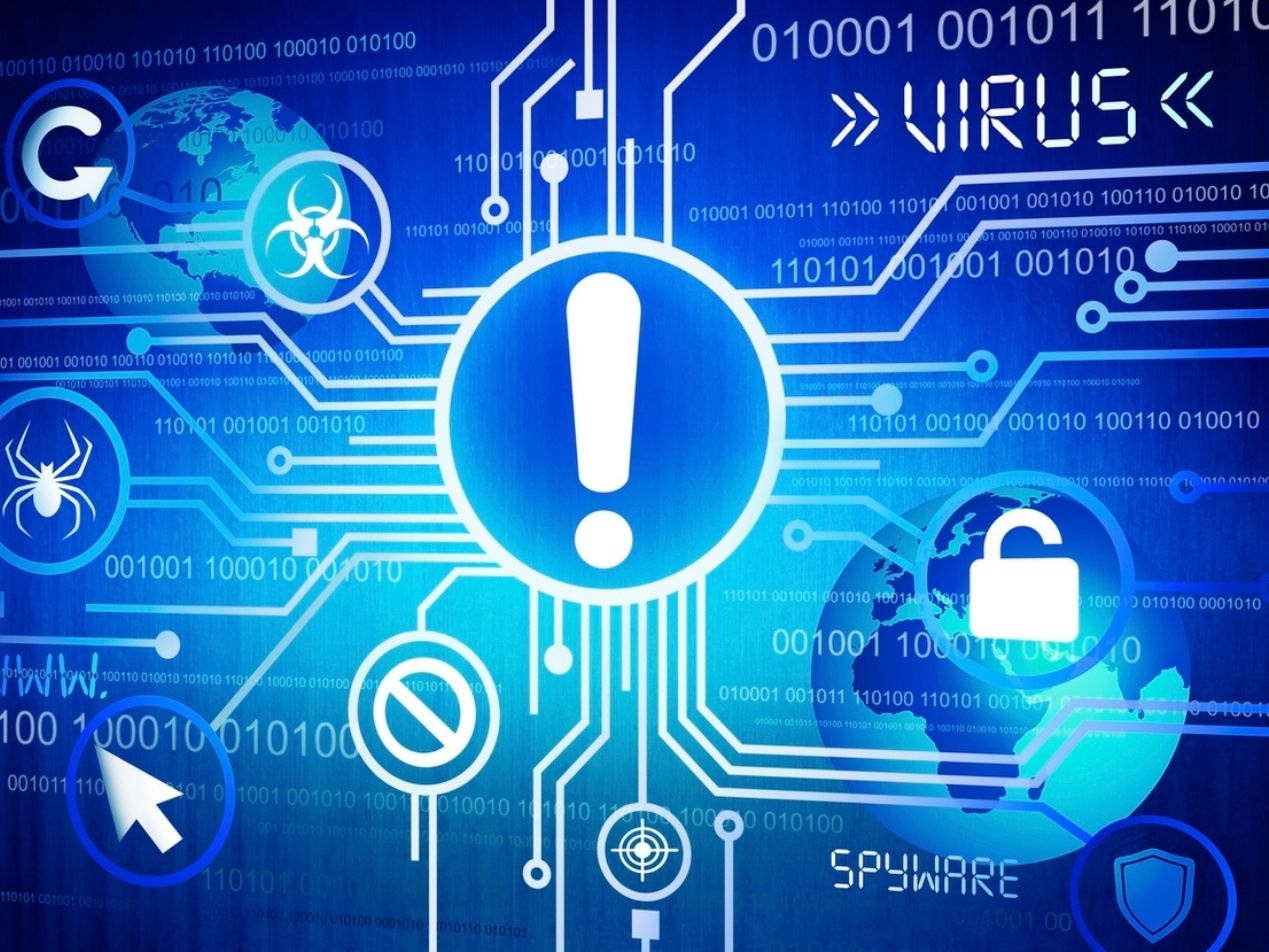
As originally stated April 1 on threatpost.com, a new coronavirus-related spoofing campaign eludes advanced threat protections. The payload for the cybercriminal appears to be stolen Microsoft log-in credentials; how the hacker will use the information in the future is still unknown.
How does this phishing scheme work?
Researchers discovered the threat early in April; many coronavirus-related schemes appeared in March and will more than likely not slow down any time soon. This phishing scheme circumvents email detection security by spoofing the domain splashmath.com, an online learning game for children, and sending a mass email that entices victims to click on the link within. Instead of coming from the site, however, the email comes from a single IP address in Kaunas, Lithuania. Microsoft Office 365 gateway protocols, designed to safeguard end users from clicking on malicious links and attachments, have failed to block the false email. Within the message, the threat actor uses social engineering to promise information on new coronavirus cases in the victim’s local area.
RELATED: What is Social Engineering and Why Healthcare is Vulnerable
The scheme takes advantage of people’s need for up-to-date information by utilizing keywords such as the World Health Organization acronym ‘WHO’ and ‘community.’ The link will direct a user to a fake Microsoft log-in screen with their username (taken from their email) already visible; all they have to do is enter their password. And once a victim logs in, their information is stolen.
Why is this happening?
People want to learn as much as possible about the coronavirus and how it affects their community and the world. Furthermore, the growth of people and organizations using Microsoft Office 365 and working from home, enables hackers to discover new methods of exploitation and targeting.
RELATED: Cybersecurity Challenges of Remote Working Microsoft acknowledges that cybercriminals appear to be focusing their attention on gateway and VPN vulnerabilities, particularly among those in the healthcare industry. For healthcare organizations to properly safeguard protected health information, utilizing a strong, HIPAA compliant email is more important than ever.
What can you do to stop this?
Everyone must be vigilant about how they access the news and read their emails. Only visit official websites; if sent an email asking you to visit a web page, type the website into the address bar without clicking a link or opening an attachment. And if you do open a link/attachment that brings you to a secure-looking screen, do not login. Ensure that your cybersecurity system is up-to-date and that you utilize email security, such as Paubox Email Suite Plus, which stops phishing emails from reaching your inbox in the first place. And finally, update your knowledge on new phishing methods as well as how to recognize a phishing scheme. Layer your cybersecurity and always be attentive in order to protect yourself from future cyberattacks.
Subscribe to Paubox Weekly
Every Friday we'll bring you the most important news from Paubox. Our aim is to make you smarter, faster.




